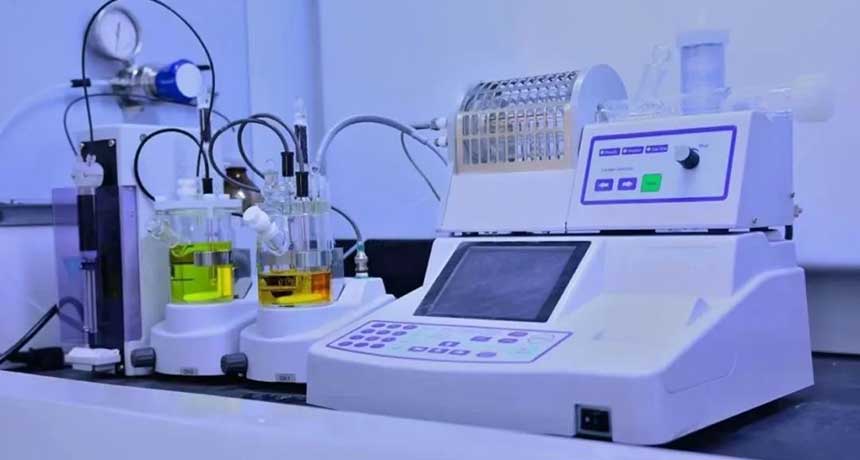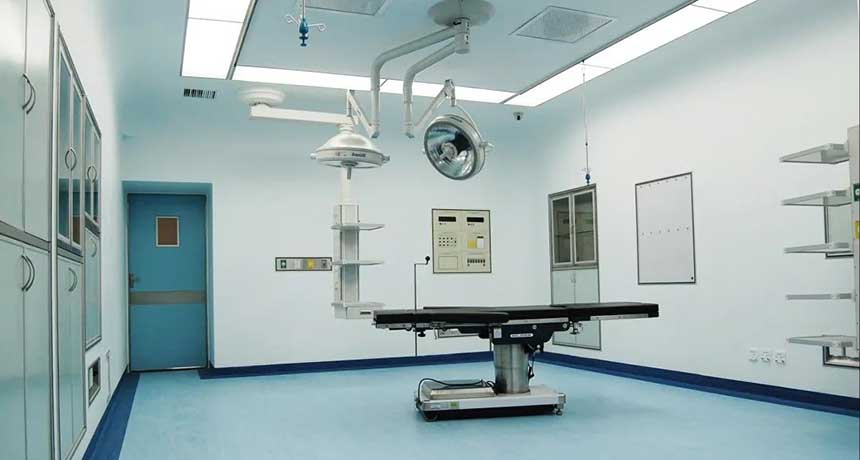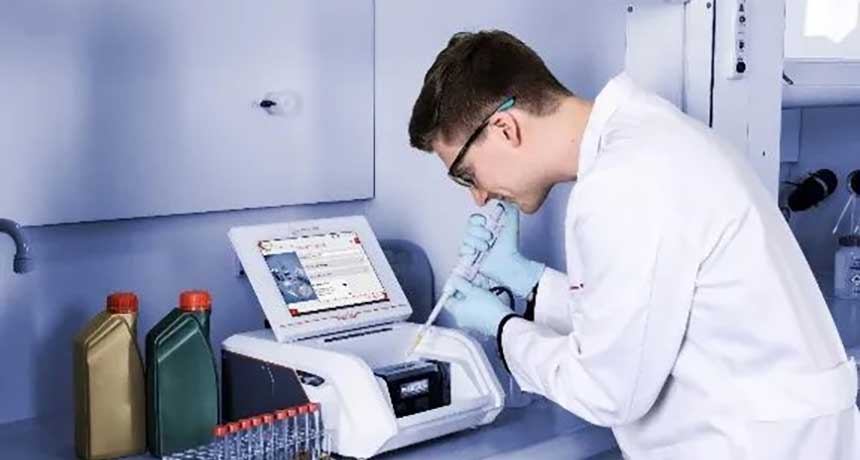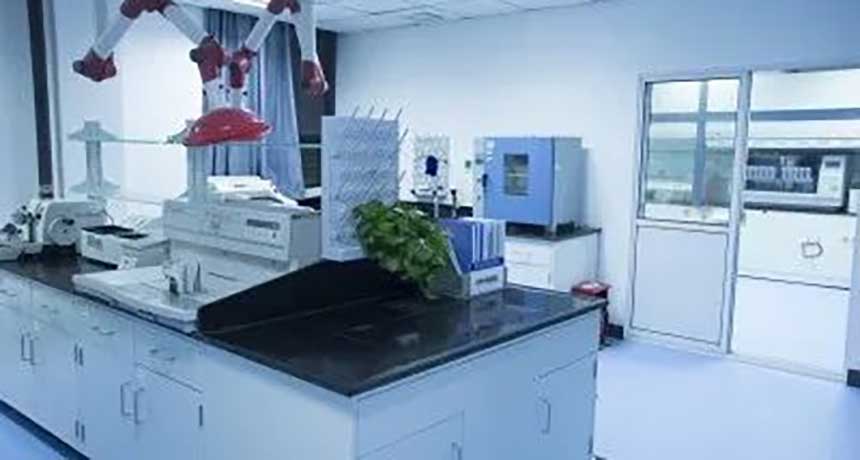MR imaging is a necessary examination method in hospitals. With the advancement of science and technology, MR has expanded from morphological diagnosis to functional imaging and even molecular imaging. MR with open magnets can carry out clinical interventional treatments. The application scope of MR is getting wider and wider. Come wider.
Magnetic resonance imaging machines are now widely used in hospitals at all levels, and most are currently equipped with MR. From the ultra-high field MR is the field strength 3. Above OT, to medium field strength 1.0~1.5T. To low field strengths below 1.0T, MRs of various models and manufacturers have been distributed in hospitals at all levels across the country. Although the field strengths and models are different, the basic principles of MR are the same, so the management of MR is quite different but has common features. Based on many years of MR maintenance experience, a set of equipment maintenance and management methods have been summarized and implemented, which is of certain significance to extending the service life of MR and improving its cost performance.
To carry out equipment maintenance and system management of MR, you must first understand the basic principles of MR, so that you can effectively maintain and manage it.
1 Basic principles of MR
MRs with different manufacturers, field strengths, and models have the same basic principle, which is to use the magnetic resonance phenomenon of hydrogen nuclei in the human body. The human body's hydrogen atom nuclei are magnetized in a strong magnetic field, so that the human body has a magnetic field vector of a certain size and the direction is consistent with the external magnetic field. When MR emits Larmor frequency electromagnetic wave pulses to the patient's examination site, the human body will absorb electromagnetic energy. And after the radio frequency pulse stops transmitting, the human body will release electromagnetic waves at Larmor frequency, and a high-frequency analog signal FID (free induced signal) signal of the same frequency will be induced in the radio frequency coil. The analog signal first passes through signal processing, and the modulus Convert it into a digital signal, and then through preprocessing (filtering, accumulation, deviation correction, etc.) and fast Fourier transformation, the amplitude map or phase map corresponding to the inspection level can be reconstructed, and MR can use this to perform inspections on the human body. Imaging diagnosis. In the process of releasing energy from hydrogen nuclei in the human body, affected by many internal and external factors, different types of images will be produced, such as T1-weighted images, T2-weighted images, proton density images, blood vessel images, diffusion-weighted images, diffusion-weighted images, water images, Due to its unique imaging characteristics, such as spectrograms and brain function maps, MR has become increasingly widely used in clinical practice and has now become a necessary examination equipment in large hospitals. MR equipment consists of four major systems: magnet system, radio frequency system, gradient system and computer. The magnet system builds a strong, uniform and stable magnetic field. The higher the field strength of the magnet, the higher the signal-to-noise ratio of the image, the better the image quality, and the easier it is to detect small lesions; the radio frequency system is responsible for the emission and reception of radio frequency signals, and the magnetic field The stronger. The higher the corresponding radio frequency frequency, the higher the amplification power requirement of the radio frequency amplifier; the gradient system is responsible for the emission of gradient signals, establishing a three-dimensional linear gradient magnetic field, and is responsible for the spatial positioning of MR signals. The resolution of the image is high, and the corresponding gradient field strength is also higher. High; the computer is responsible for the execution of the examination and the reconstruction of the images. Since MR involves electrons. There are many fields such as machinery, refrigeration, and computers, and the cost is high. Therefore, whether MR can operate normally requires comprehensive maintenance and system management.
2 MR equipment maintenance and system management
2.1 First, choose peripheral equipment with guaranteed quality and after-sales service. MR equipment is expensive and the system is huge. The required ancillary equipment includes central air conditioners, UPS, chillers, etc. The role of ancillary equipment cannot be ignored. They directly affect the normal operation and even service life of the MR. Therefore, when purchasing an MR, you must also purchase peripheral equipment with guaranteed quality. This is a prerequisite for ensuring the normal operation of the MR. When MR is working, the circuit components of its radio frequency unit and gradient unit will heat up and generate a large amount of heat, which needs to be cooled in time. The working environment needs to be maintained at a temperature of 21°C ± 2°C and a humidity of 50% to 60%. High temperature will cause poor heat dissipation of the RF amplifier, affecting its service life. For self-protection, the RF amplifier will stop working, making it impossible to scan the patient. Low humidity and the effect of static electricity will automatically shut down the gradient protection, so an air conditioner with good performance It is the prerequisite to ensure the normal operation of MR; the chiller provides cold water to cool the cold head, RF coil and gradient coil. The normal operation of the cold head can reduce the volatilization rate of liquid helium, otherwise it will cause a large amount of volatilization, increase unnecessary economic losses, and cause poor performance of the chiller. The cooling effect of the coil is not good, which will directly shorten the service life of the cold head and the coil over time. If the water temperature is high to protect the coil, the radio frequency will stop working, causing the inspection to be interrupted. The safety of UPS and MR is also closely related. UPS reduces the fluctuation of the external power grid. Impact on circuit components: Our hospital’s previous 1.0T MR chiller was of poor quality and frequently shut down, resulting in multiple failures of the magnet press and cold head. In addition, due to fluctuations in the mains power, the UPS was beyond the safe working range of the UPS. The self-protection does not work and is in a bypass state, which causes the radio frequency high voltage to be burned out many times due to fluctuations in the mains power, resulting in greater losses. Therefore, the purchase and maintenance of ancillary equipment cannot be ignored. In view of previous lessons, the three MR units in our hospital are currently equipped with ancillary equipment. The equipment has undergone strict bidding, with guaranteed quality, stable performance, and active after-sales service, which significantly reduces failures caused by peripheral equipment and avoids unnecessary losses.
2.2 Adhere to daily maintenance, adhere to daily maintenance, discover and solve problems in a timely manner, such as cleaning components regularly, removing dust and dirt, checking sockets, connectors, interfaces, cables, optical fibers, etc., to eliminate the hidden dangers of poor contact in the future, and to the mechanical transmission part For example, the bearings can be lubricated regularly, various switches of the bed can be checked, the quality of the radio frequency coil can be tested regularly, the radio frequency transmission and reception, the signal-to-noise ratio of the coil, and the radio frequency curve can be adjusted, etc. This will not only eliminate the safety hazards of patient examination, but also Indirectly extending the service life of the equipment, we adhere to the work cycle of inspection every Monday and major inspection once a month to detect problems in time and nip them in the bud.
2.3 Timely replace components that have expired. In addition to routine maintenance, it is very important to regularly replace components that have expired. Such as cold heads, radio frequency amplifier tubes, etc., have a certain service life and should be replaced in time to avoid unnecessary losses. If the cold head is used for a long time, the refrigeration efficiency will decrease, which will lead to an increase in the volatilization rate of liquid helium, causing economic losses; continuing to use the expired RF tube is not safe, will affect the image quality, and will also endanger the RF front-end circuit; some batteries It must be replaced in time when the service life is up, otherwise it will affect the normal operation of the relevant circuits. In the past, our hospital had a battery undervoltage in the magnet monitoring unit, which caused the related circuits to work abnormally, causing a large amount of liquid nitrogen to volatilize, causing considerable economic losses. Only by purchasing accessories in time and replacing them in time can the operating rate be guaranteed.
2.4 Establish rules and regulations and standardize operations. To ensure the normal operation of MR, staff must first undergo pre-job training, and it is best to have an MR job certificate before operating the machine. It is necessary to strictly abide by the rules and regulations, standardize operations, and develop good working habits, which can greatly reduce human failures. The department has formulated a series of operating procedures for this purpose, requiring technicians to master them proficiently, avoiding many human errors and ensuring smooth flow of work. work process.
2.5 Increase publicity and education to enable patients to cooperate well with examinations, produce necessary promotional materials, hang them on the walls of the waiting hall, or distribute them to patients and their families to prepare for examinations and avoid unnecessary losses. . For example, patients are prohibited from bringing ferromagnetic metal objects into the examination room. Although the patient has been repeatedly informed, due to negligence, the oxygen bottle has broken the head coil and the patient's crutch has broken the lighting lampshade. After taking the above measures, such problems will be solved. greatly reduced. If the patient is manic and delirious, he or she needs to be administered medication and accompanied by a clinician before examination. Otherwise, examination is not recommended to prevent damage to the coil. Protective measures must be taken for patients with incontinence and vomiting. Staff must lay down protective pads to avoid liquid leakage. The flow of urine into the coil caused a short circuit. In our hospital, there was an incident where urine flowed into the spinal coil and caused a short circuit of the coil. After strengthening management, such accidents are less likely to occur.
In short, MR equipment maintenance and management must be both comprehensive and systematic. It requires the active cooperation of patients, technicians, and equipment maintenance managers to do this job well.






